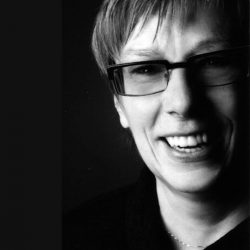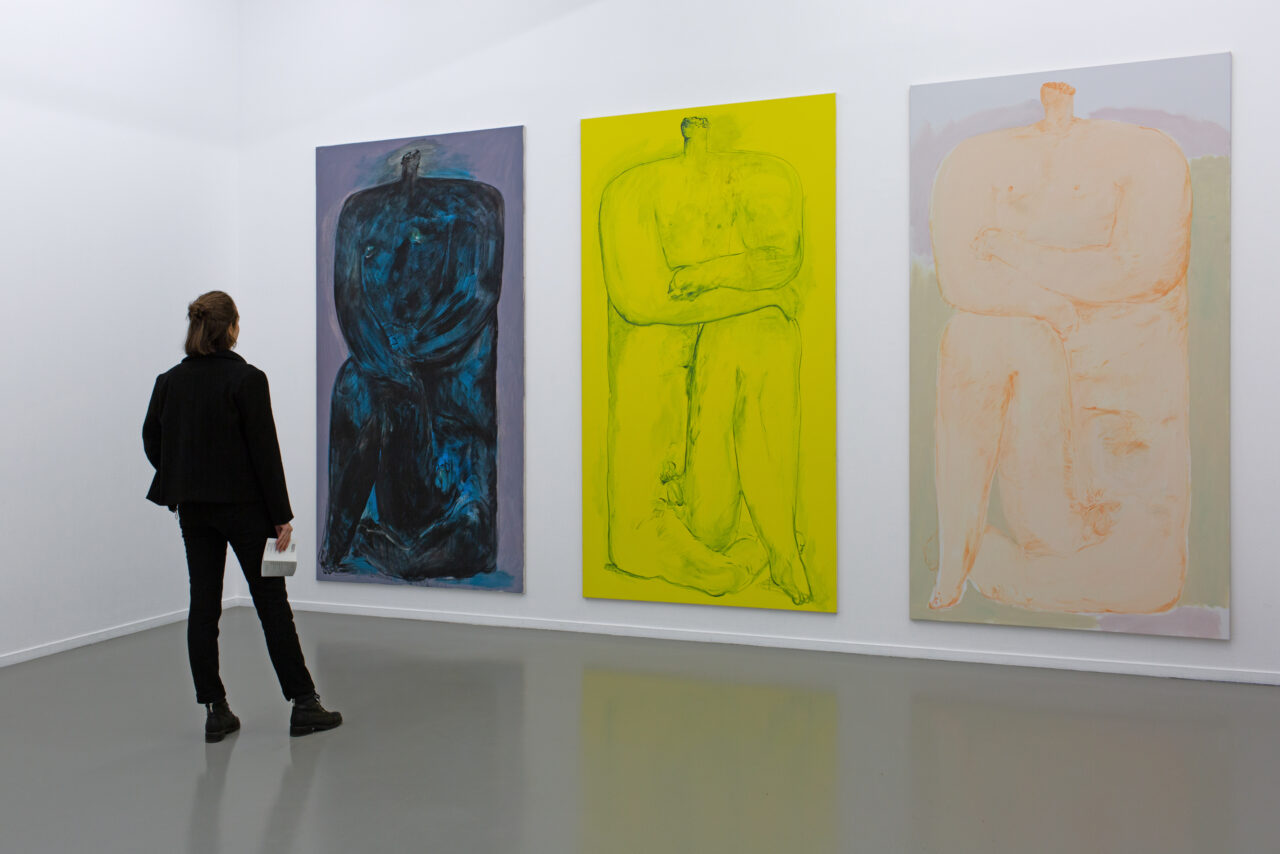
URSA SCHOEPPER
...Page is loading...

Basel, Switzerland
It is a progression of application and removal, of painting over and exposing, a change from translucent to opaque, from depth to transparency and from gestural expression to controlled order that characterises Ralph Buergin ’s painting. Many of his works are created over a long period, so that he is often working on several paintings at the same time. Both large and small formats convey the intensity of the working process, in which the...
Read moreIt is a progression of application and removal, of painting over and exposing, a change from translucent to opaque, from depth to transparency and from gestural expression to controlled order that characterises Ralph Buergin ’s painting. Many of his works are created over a long period, so that he is often working on several paintings at the same time. Both large and small formats convey the intensity of the working process, in which the artist builds his paintings gradually through the application of many levels and layers on the canvas. In this way, the works are characterised by a strong dynamic and a vitality that are not directly expressive, but which come across as a combination of balance and spontaneous expression. Ralph Bürgin seems to paint from memory, “where sense becomes an image” explains Maria Lassnig in describing his work.
When gestural moments are partially obscured by solid, flat areas, the many different visual layers in contrasting colours become recognisable along with the working of surfaces. The layers are not only separated by overlapping, but also where the artist has created clear intersections through colour mixing, fragmentary characteristic style or the definition of clear edges. Only if one is very close to the canvas does the density of the layers also become visible through the use of colour, which is applied in numerous thin layers one over another. Again and again Ralph Buergin changes and organises the composition of his pictures anew. And in the finished work it becomes clear that he does not follow a predetermined image.
From colour and two-dimensional abstraction he gradually develops his forms. Most abstract bodies emerge as if they were cut from the underlying surfaces. Sometimes there are also volumes or surfaces that through symbolic elements, such as teeth or legs, are suddenly perceived as anthropomorphic. In addition, there are paintings which obviously show human shapes or silhouettes of people. These figures are defined and limited by skin and clothes that appear to lie on the surface of the body and which only in this way can become visible. Maybe they are as empty inside as the faces that are obliterated with colour. Clearly Buergin ’s interest is held in these images, not in the individual psychological portrait. Rather, these paintings seem to be general images of an emotional inwardness that is in tension with the external reality. This also fits the colour scheme of recent work: dark tones that convey an almost melancholic mood dominating within.
In relation to the surrounding area, the abstract volumes and bodies sometimes appear almost sculptural – as if they would stand on a stage. The artist describes the stage-like pictorial space of his paintings as a “display case”. With this label we associate a process of liberation and segregation similar to exhibiting in a separate room. At the same time, the description implies the idea of a possible view from all angles and at least an accurate overview. This allows the viewer visual entry into the painting as a self-contained space that is accessible only through the picture’s surface.
Text by: Ruth Kissling

v.l.n.r. Catacomba, 2019; Barbar, 2019; Jonas, 2019 (je Öl auf Baumwolle, 260 x 140 cm) Ausstellungsansicht, «La Place» (Einzelausstellung) Centre Culturel Suisse, Paris, 2019
What is it about your studio space that inspires you?
The rapidly changing light. It’s perfect, because it makes things looking inconstant.
What themes do you pursue?
The human body – half-natural, disfigured and fragmented. The canvases assume the function of vitrines, in which my imaginary fragile bodies are brought to a standing position.
If you could only have one piece of art in your life, what would it be?
A Picasso from the late 1920s.
What are your favourite places besides your studio?
The rooftop of the studio building
2020
Watching a peaceful River, Barbara Seiler Galerie, Zürich
2019
La Place, Centre Culturel Suisse, Paris, France
2017
Pieces and Shadows, Kunstverein Diessenhofen, Switzerland
2019
Splendid Isolation ‑ not in our Name, Kunstraum Riehen, Switzerland
2018
Revitalise, BolteLang, Zürich, Switzerland
Atlas of Heavens, Kunsthaus Baselland, Muttenz, Switzerland
Collection of Hoffmann-La Roche, Basel, Switzerland
Collection, Kunstkredit Basel-Stadt, Switzeland
2001 – 2004, Diploma in Fine Arts, Hochschule für Gestaltung und Kunst Basel
2016 – 2018, Master in Fine Arts, Institut Kunst, Hochschule für Gestaltung und Kunst Basel